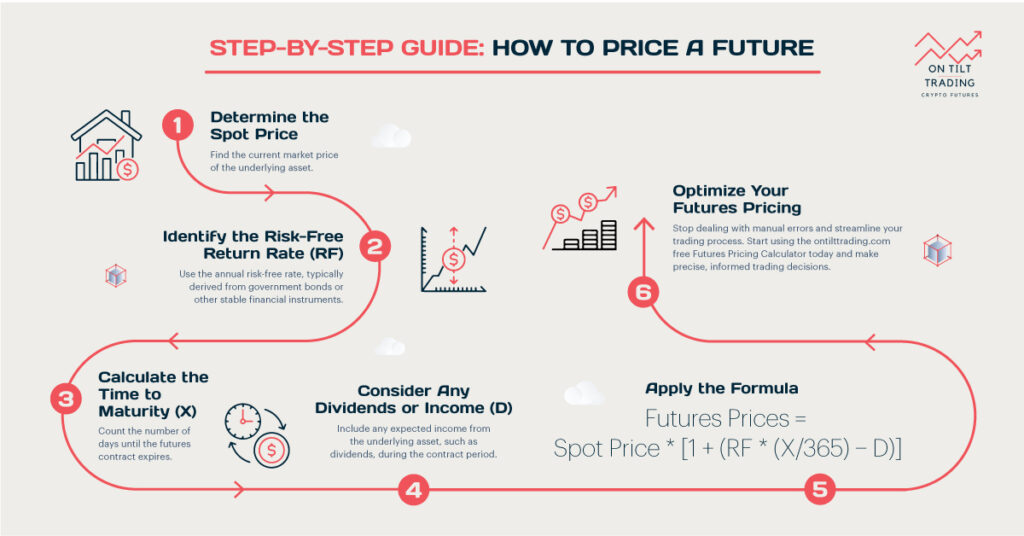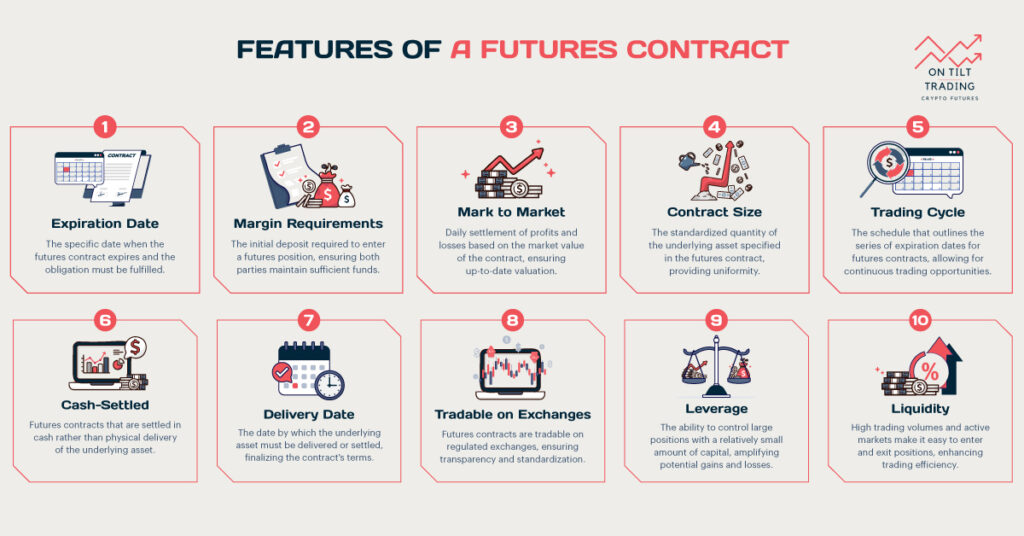In the world of financial markets, understanding price dynamics is crucial. Traders often come across two concepts: spot price and forward price. These terms may seem complex, but grasping their significance is essential for making informed trading decisions.
In this article, we examine the relationship between forward and spot prices. Our goal is to explore why forward prices are typically higher than spot prices. These concepts can give you a competitive edge in trading.
What is Spot Price?
The spot price represents an asset’s current market value. It’s the price at which an asset can be bought or sold instantly.
Spot prices fluctuate constantly due to various factors. These include supply and demand dynamics, economic indicators, and geopolitical events. Immediate market conditions play a significant role in determining the spot price.
Traders and investors closely monitor spot prices, which reflect the real-time value of assets. Accurate knowledge of spot prices is essential for making informed trading decisions.
Factors That Influence Spot Price

Several factors impact the spot price of an asset. Such as:
Supply and Demand Dynamics
Supply and demand are fundamental drivers of spot prices. When demand for an asset increases and supply is limited, prices typically rise. Conversely, when supply exceeds demand, spot prices usually decrease. This balance between supply and demand constantly shifts, influencing the market’s spot price.
Geopolitical Events
Geopolitical events can cause sudden and significant changes in spot prices. Political instability or conflict often leads to price spikes in essential commodities like oil. Trade agreements or sanctions can also alter supply chains, impacting spot prices. Markets react swiftly to global news, making geopolitical events a critical factor in spot price volatility.
Market Sentiment
The market sentiment reflects the collective emotions of investors and traders. Positive sentiment can drive spot prices up, as optimism leads to increased buying. Conversely, negative sentiment can lead to sell-offs, lowering spot prices. Factors like news reports, social media trends, and market rumours all contribute to shaping market sentiment.
What is the Forward Price?
A forward price is a predetermined price for an asset to be exchanged in the future. It’s agreed upon today but settled at a later date. Forward prices are used in contracts to manage future risk. These contracts are standard in commodities, currencies, and financial markets. The forward price reflects expectations of the asset’s future value.
Factors That Influence Forward Price
Several factors affect forward prices. Such as:
Time to Maturity
Time to maturity is a crucial factor in determining forward prices. Longer contract durations introduce more uncertainty, affecting the price. The further in the future the contract, the more potential for market fluctuations. This uncertainty can increase or decrease the forward price, depending on expectations.
Interest Rates
Interest rates are vital in calculating forward prices, especially in currency markets. Higher interest rates typically lead to higher forward prices because they increase the cost of holding an asset. Lower interest rates, on the other hand, tend to reduce forward prices, making them more attractive to buyers.
Storage Costs
Storage costs significantly impact forward prices, especially for physical commodities. Higher storage costs increase the forward price of assets like oil or grains. These costs include expenses for storing, insuring, and protecting the investment until the future date. As storage costs rise, the forward price also increases to cover these additional expenses.
Market Expectations
Market expectations of future supply and demand greatly influence forward prices. If future demand is expected to rise, forward prices will typically increase. Conversely, expectations of surplus supply can lower forward prices. Traders and investors use market expectations to predict and set forward prices, adjusting for anticipated changes in the market.
Is Forward Price Higher Than Spot Price?
Whether the forward price is higher than the spot price depends on several factors. In many cases, the forward price is indeed higher. This scenario is known as contango, where future prices exceed current prices due to costs associated with carrying the asset. These costs can include storage, insurance, and interest rates.
However, the forward price is not always higher. When the market expects future prices to fall, the forward price can be lower than the spot price. This situation is called backwardation. It typically occurs when there’s an expectation of an asset becoming more available or less in demand in the future.
In summary, while forward prices are often higher due to carrying costs and future expectations, they can also be lower in specific market conditions. Understanding the factors driving these price differences is crucial for effective trading and risk management.
Relationship Between Forward Price and Spot Price

The relationship between forward and spot prices depends on market conditions and carrying costs. It’s usually derived from spot prices, adjusted for storage costs, interest rates, and future market expectations. Understanding this relationship is crucial for traders and investors.
Theoretical Framework: Cost of Carry Model
The Cost-of-Carry Model explains the relationship between forward and spot prices. It considers various carrying costs, such as storage, insurance, and interest rates. Storage costs refer to expenses for storing physical commodities, which can significantly increase the forward price.
For instance, high storage costs for oil will lead to a higher forward price. Interest rates also play a crucial role; when interest rates rise, the cost of financing the asset increases. This, in turn, raises the forward price above the spot price.
The cost of carry is the difference between the forward and spot prices, influenced by the duration of the contract. In essence, the model predicts that forward prices usually exceed spot prices when carrying costs are significant.
Normal Market Conditions
In normal market conditions, when carrying costs like storage and interest are positive, the forward price is typically higher. This scenario is known as contango. Contango occurs when future prices are expected to be higher due to ongoing costs.
For example, in the oil market, if storage is costly, forward prices will generally be above spot prices. This is because traders account for storage and other costs they will incur. Contango reflects the market’s expectation of rising prices over time. It’s commonly observed in stable markets with significant carrying costs.
Inverted Market Conditions
Backwardation occurs when the forward price is lower than the spot price. This happens in markets expecting an increase in future supply. For example, if there’s a temporary shortage of wheat, the spot price may be high.
However, if a better harvest is expected soon, the forward price might be lower. In backwardation, the market anticipates that current high prices are temporary. As supply issues are resolved, future prices are expected to drop. Backwardation is less common and usually indicates a market expecting relief from current shortages.
Practical Implications for Investors and Traders
Traders and investors need to understand the relationship between forward and spot prices. It helps them anticipate market trends and make informed decisions.
Selling in Contango
In a contango market, traders might sell assets at the forward price. This strategy is driven by the expectation of higher future prices due to carrying costs. Selling in contango allows traders to lock in profits by taking advantage of the price difference. This approach is beneficial when carrying costs, like storage or interest, are significant.
Buying in Backwardation
In backwardation, buying at the spot price can be advantageous. Traders expect future prices to drop, making immediate purchases more appealing. This strategy allows them to capitalize on the current lower prices before they decrease further. Backwardation indicates market expectations of improved supply or reduced demand in the future.
Hedging Strategies
Understanding contango and backwardation is essential for effective hedging strategies. Investors use these market conditions to protect their portfolios from adverse price movements. In contango, they may hedge by locking in higher forward prices. In backwardation, they might choose not to hedge, anticipating lower future prices.
Common Misconceptions About Forward Price and Spot Price

There are several common misconceptions about forward and spot prices. One frequent misunderstanding is that a higher forward price always means future price increases. In reality, the forward price is influenced by various factors. These include carrying costs and market expectations, not just anticipated price movements.
Another misconception is that contango and backwardation are permanent market states. These conditions are dynamic and can change based on supply and demand shifts. Geopolitical events and economic factors also play a role. Traders must continuously monitor market conditions to make informed decisions.
Finally, some believe that backwardation always signals a downward market. While backwardation can indicate current supply shortages, it often reflects expectations of future supply relief or demand decreases. It does not necessarily mean a long-term market downturn. Understanding these nuances is crucial for effective trading and investment strategies.
FAQs
Are spot prices the same as forward prices?
No, spot prices and forward prices are not the same. Spot prices refer to the current price for immediate delivery of an asset. In contrast, forward prices are agreed upon now for delivery at a future date. Various factors influence forward prices, such as storage costs, interest rates, and market expectations.
Spot prices are more volatile and reflect real-time market conditions. Forward prices consider future risks and carrying costs. Understanding the difference between spot and forward prices is crucial for effective trading and investment decisions.
Why is the forward rate less than the spot rate?
Due to market expectations and conditions, the forward rate can be less than the spot rate. This situation is known as backwardation. It often occurs when there’s an anticipated future decrease in demand or an increase in supply. Another reason could be lower carrying costs, such as storage or interest.
For instance, if future supply is expected to increase, the forward price may drop. Backwardation can signal temporary market conditions. Understanding why the forward rate is less helps traders make informed decisions.
Why is the forward curve above the spot curve?
The forward curve is often above the spot curve due to contango. Contango occurs when future prices are expected to be higher than current prices. It happens due to factors like storage costs, interest rates, and risk premiums. Traders and investors anticipate higher prices to cover these costs.
Another reason is market expectations of future price increases. For example, if oil storage costs are high, forward prices will reflect this. Contango is common in stable markets with significant carrying costs. Understanding contango helps traders navigate market expectations and expenses effectively.
What is the difference between the spot rate and the forward rate in CFA?
In CFA (Chartered Financial Analyst) terms, the spot rate is the current price for the immediate settlement of a financial instrument. It reflects real-time market conditions and is used for transactions occurring “on the spot.”
The forward rate, on the other hand, is the agreed-upon price for a transaction that will occur at a future date. It incorporates expectations of future price movements and carrying costs like storage, interest, and risk premiums.
The main difference lies in their time frame: spot rates apply to immediate transactions, while forward rates are for future settlements. Understanding both is crucial for practical financial analysis and investment strategies.
Conclusion
For successful trading and investing, you need to understand forward and spot prices. Factors like the cost of carry, market conditions, and future expectations all play significant roles in determining these prices. Knowing the dynamics of contango and backwardation can help you make better trading decisions and manage risk better.



